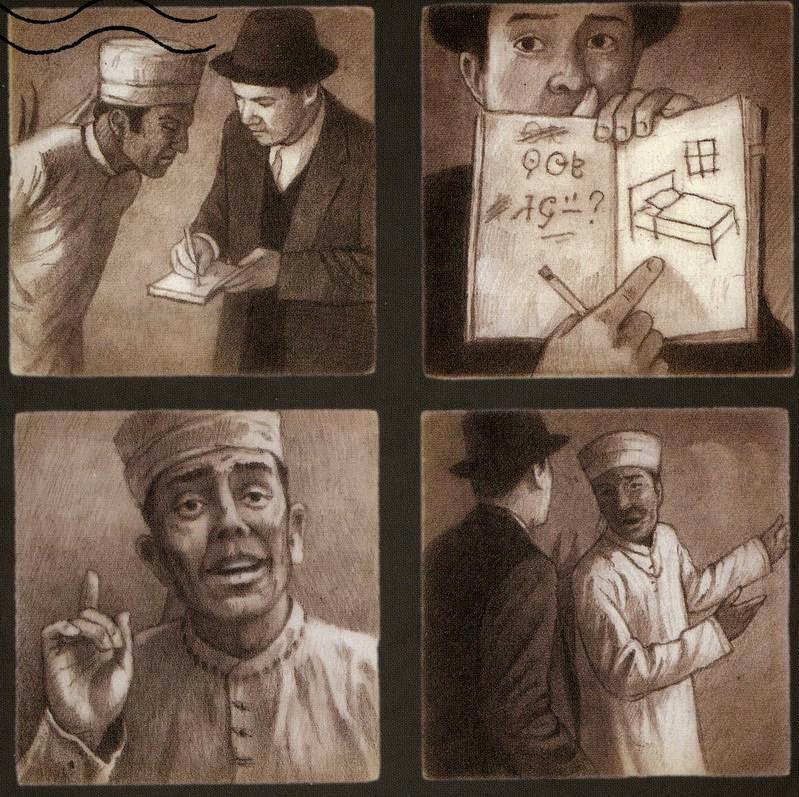

By the end of the book, the pet has been embraced as a member of the man's family. However, he gradually comes to accept the creature, and finds comfort in having the obedient animal nearby. The man's first encounter with the tadpole-dog creature shows his unfamiliarity with the concept of pet companionship, as he picks up a fire poker and nearly kills the animal as though it were a pest. Upon arrival, the man appears surprised and even resistant to the many bizarre creatures he sees people interacting with-however loving their connections seem to be. The invented creatures that people in the new culture keep close by as pets are a symbol of cultural difference.

The sepia tint also contributes to the sense The Arrival exists outside a particular time or place, thereby reinforcing the universality of the immigrant story being told. When used in T he Arrival, the sepia tint is a symbol of the man's nostalgia for his homeland and the way of life he has had to abandon. This pleasing tone eventually became associated with nostalgia for a by-gone era. The sepia tint-a pigment taken from the ink sacs of cuttlefish-not only prolonged the life of photographs but added a warm-colored tone to the exposures.

Well before color photography became standard, sepia photography was developed to add durability to black and white monochrome photographs, which faded quickly because of the silver nitrate used in the development process. Many of the graphics in The Arrival have a reddish-brown tint, bringing to mind sepia-tinted photography of the 19th and early 20th centuries. In this way, the once-inscrutable language no longer reinforces his alienation but now stands as a symbol of his assimilation. By the end of the book, the man has learned enough of the language that he can read a local newspaper. The effect of this motif is that the reader feels just as out of place as the protagonist, thus creating empathy for the man’s situation. The fact that Shaun Tan didn’t use an existing language but invented a new one allows the reader to step into the man’s shoes as he struggles to adapt. It is especially prominent in scenes when the man is confused, or feeling out of place in this new culture. This alien-seeming language is featured on billboards, food packaging, posters, maps, and currency. The result is a new language that borrows forms from Korean, English, Arabic, and Ancient Egyptian, among others.

Invented by the book's author, the language uses a script that combines curves, circles, lines, and diacritic marks common to various human languages. Throughout the novel, the man encounters the inscrutable foreign language of the land to which he has immigrated.


 0 kommentar(er)
0 kommentar(er)
